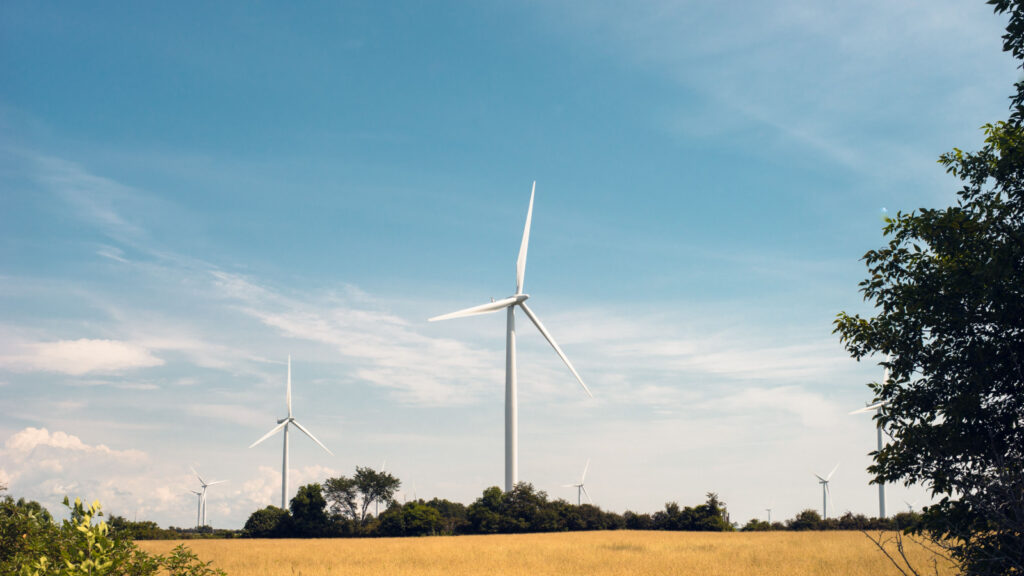Climate change is a serious challenge, but Canada sees it as a chance to build something better. From switching to clean energy to creating new green jobs, the country is making bold moves that protect the planet and grow the economy. These efforts are not just about cutting emissions—they’re about creating long-term solutions that support communities, industries, and the environment. Here are 22 ways Canada is turning climate change into real opportunities.
Investing in Wind Power
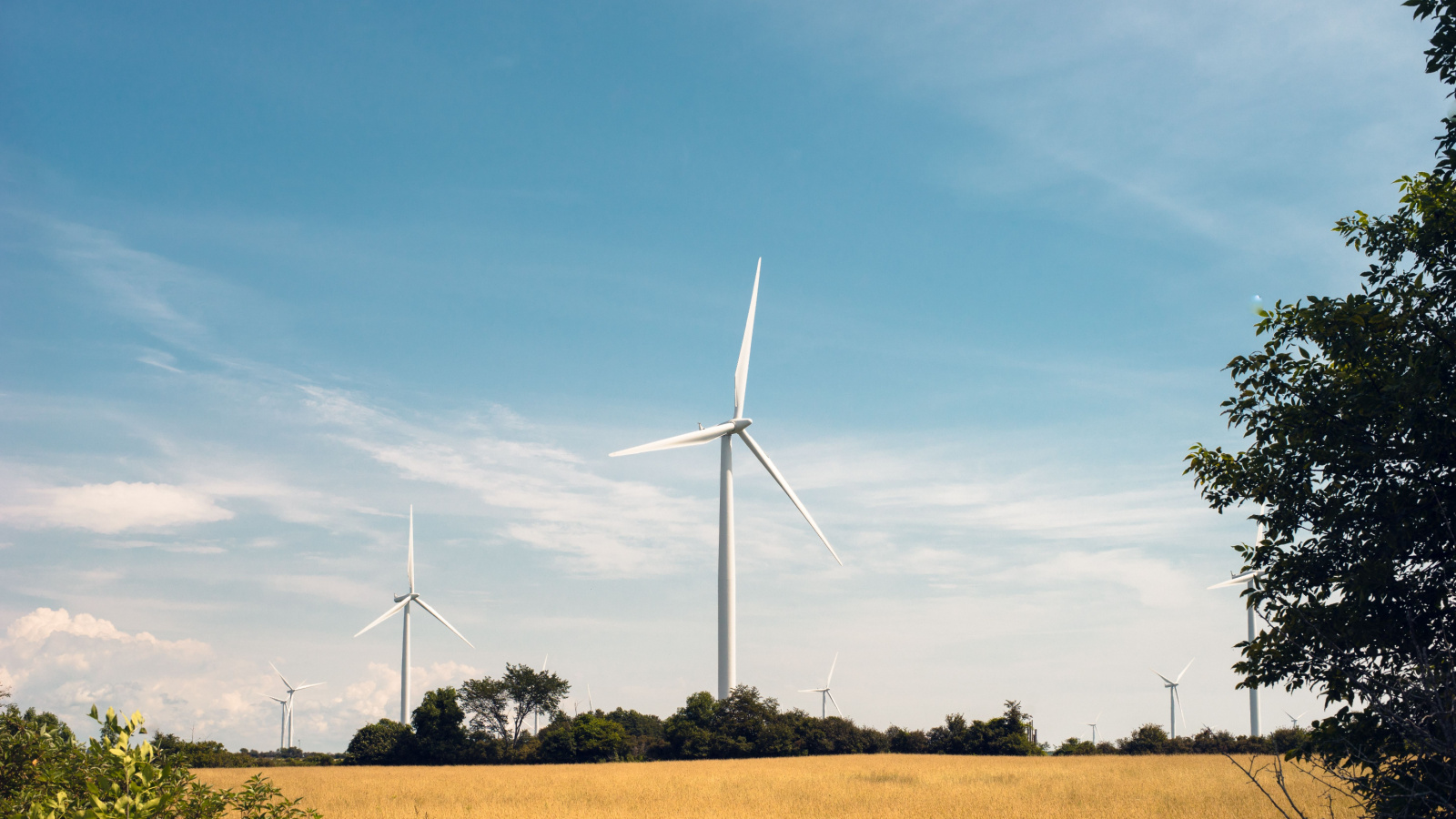
Canada is tapping into its vast wind resources to meet clean energy goals. Provinces like Ontario, Alberta, and Nova Scotia are building large-scale wind farms that produce renewable electricity with zero emissions. These projects are creating green jobs, boosting rural economies, and reducing dependence on fossil fuels. With government incentives and falling technology costs, wind energy is becoming more affordable and reliable. Companies are also exploring offshore wind projects to harness even more energy.
Expanding Solar Energy Projects
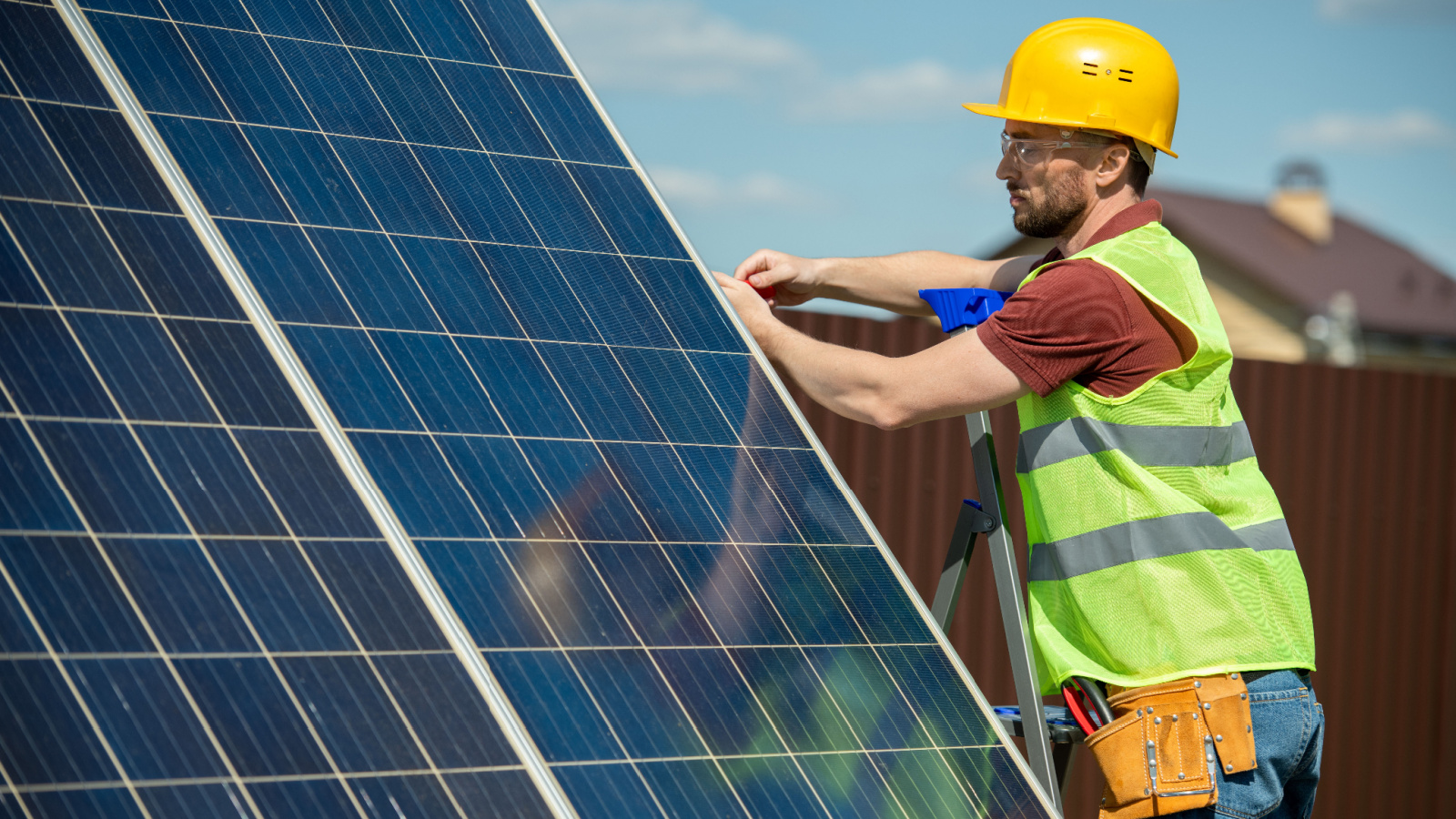
Canada may be cold, but it has plenty of sunlight, especially in provinces like Alberta and Saskatchewan. That’s why solar power is becoming a significant part of the country’s renewable energy mix. From community-based solar farms to rooftop panels on homes and businesses, the expansion of solar projects is making clean energy more accessible and affordable. Government rebates and tax credits are helping homeowners and companies make the switch. By supporting solar energy, Canada is reducing its carbon footprint, cutting electricity costs, and creating new opportunities for innovation and investment in sustainable infrastructure.
Advancing Hydroelectric Infrastructure
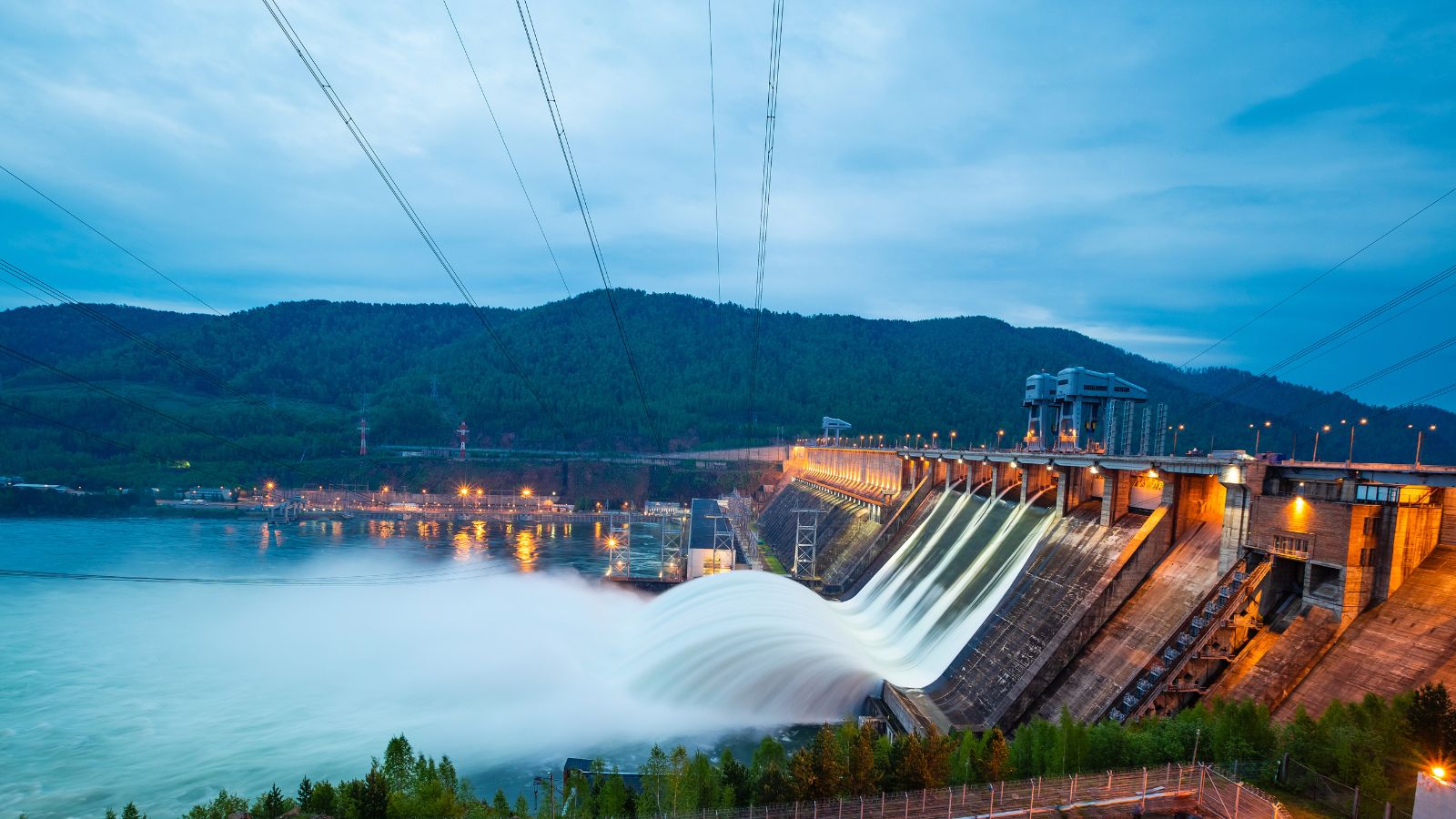
Hydropower already provides more than half of Canada’s electricity, and now the focus is on modernizing and expanding this critical infrastructure. By upgrading older dams and transmission systems, Canada is improving efficiency and minimizing environmental impacts. Projects like British Columbia’s Site C dam are helping increase the clean energy supply to meet growing demand. Hydropower offers reliable, low-emission electricity and plays a key role in grid stability. As climate change affects water cycles, adaptive planning ensures long-term viability.
Supporting Green Hydrogen Development
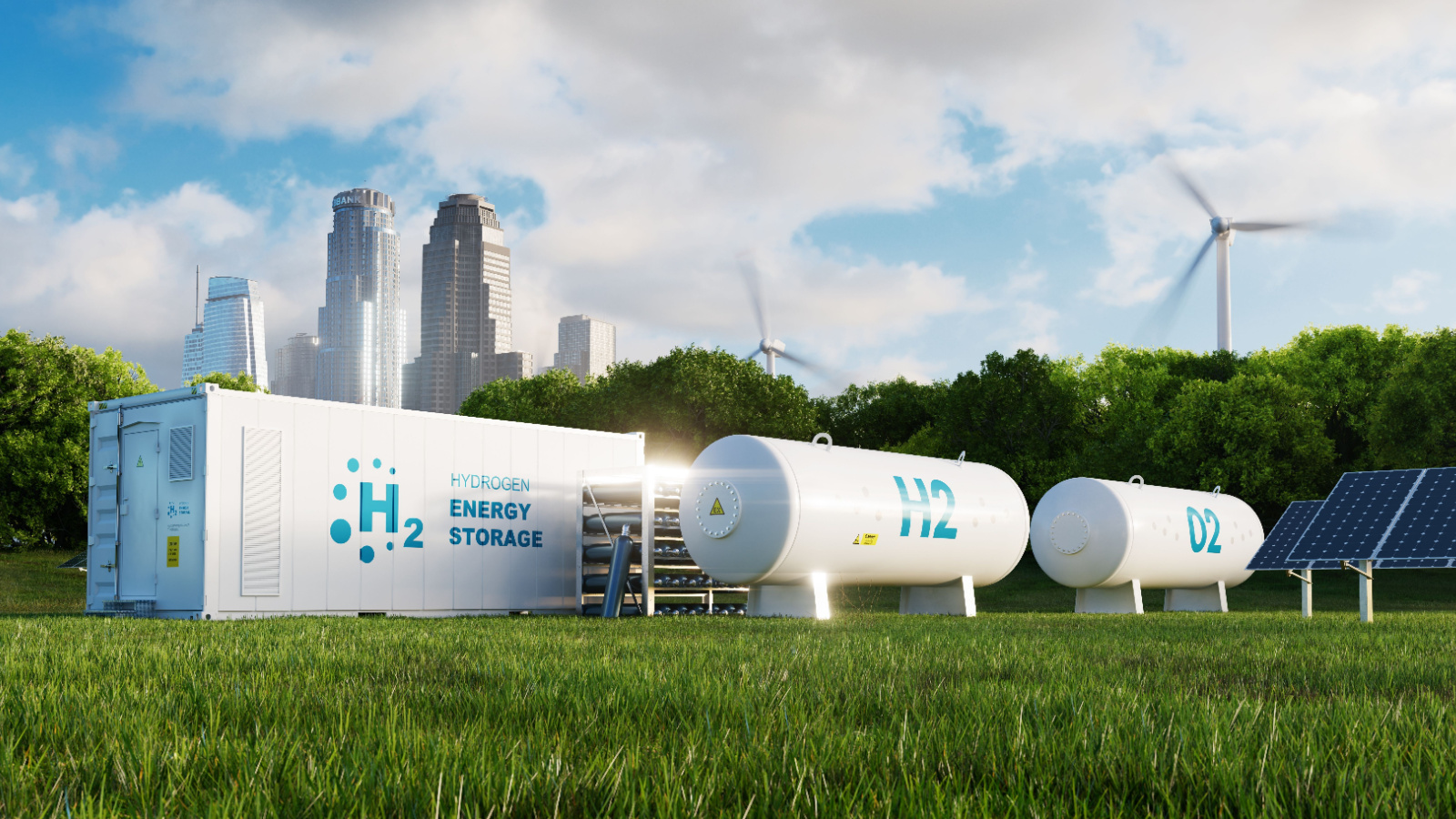
Canada is investing in green hydrogen as a clean fuel alternative for industries like transportation, manufacturing, and power generation. Produced using renewable energy sources such as wind or hydro, green hydrogen emits no carbon when burned. It can replace diesel in heavy trucks, power fuel-cell vehicles, and serve as a cleaner input for industrial processes. Projects in Alberta, Quebec, and British Columbia are testing production and distribution models. The government’s Hydrogen Strategy aims to make Canada a global leader in this field.
Growing the Electric Vehicle Sector

Canada is accelerating the shift to electric vehicles (EVs) through major investments in EV production, charging infrastructure, and consumer incentives. Automakers are opening new EV manufacturing plants in Ontario, and battery factories are being set up to support long-term growth. The government offers rebates to make EVs more affordable while expanding public charging networks across urban and rural areas. This approach not only reduces transportation-related emissions but also strengthens Canada’s auto industry.
Transitioning Oil Sands to Cleaner Tech

Canada is rethinking how oil sands operate by investing in cleaner technologies. Companies are using carbon capture, electrification, and improved extraction techniques to cut emissions. While oil remains part of the energy mix, the focus is on making it less damaging to the environment. Initiatives like the Pathways Alliance aim to achieve net-zero emissions in the oil sands by 2050. Government funding and partnerships with Indigenous communities are also encouraging innovation. By modernising this sector, Canada is balancing economic needs with climate goals, turning one of the most carbon-intensive industries into a testing ground for greener technologies.
Encouraging Eco-Friendly Mining Practices

Canada is leading efforts to make mining more sustainable by promoting eco-friendly practices. Companies are adopting electric vehicles for operations, reducing water usage, and restoring habitats after mining ends. There’s a growing push to extract critical minerals like lithium and cobalt—vital for clean technologies—responsibly. Federal policies now require environmental assessments and community consultations before projects move forward. These changes ensure mining supports the transition to a green economy without harming ecosystems.
Building Net-Zero Manufacturing Facilities

Manufacturing plays a big role in emissions, and Canada is taking steps to build factories that produce zero net greenhouse gases. These net-zero facilities use renewable energy, recycle heat, and cut waste at every stage of production. Automakers, steel plants, and even food processing units are adopting these changes with help from federal grants and tax incentives. Smart design, energy-efficient machinery, and advanced monitoring systems keep emissions low while maintaining productivity.
Protecting Boreal Forests
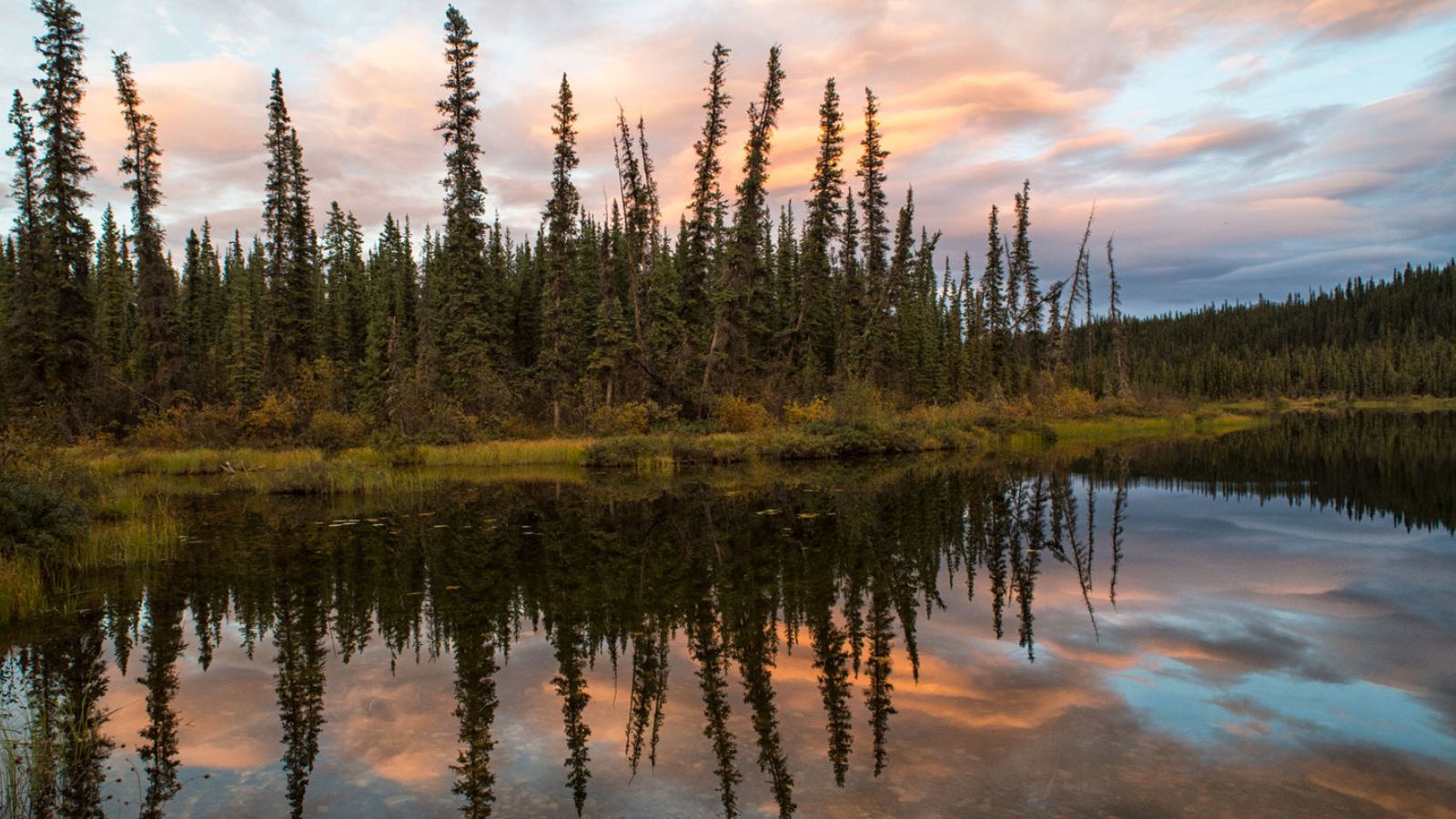
Canada’s boreal forests stretch across much of the country and act as a massive carbon sink. Protecting these forests helps trap carbon dioxide, preserve biodiversity, and slow climate change. Governments are working with Indigenous communities to create conservation zones, enforce logging limits, and prevent land degradation. Satellite monitoring and stricter regulations ensure forests remain healthy and resilient. These forests also support wildlife and are culturally important to many Indigenous peoples.
Enhancing Wetland Restoration

Wetlands are natural filters that store carbon, clean water, and reduce flood risks. But many of Canada’s wetlands have been drained or degraded over the years. Now, restoration is a national priority. Programs like Ducks Unlimited and government initiatives are restoring these ecosystems by reintroducing native plants, reshaping water flow, and protecting nearby habitats. Restored wetlands help absorb greenhouse gases and boost biodiversity. They also provide homes for birds, amphibians, and other wildlife. By enhancing wetland restoration, Canada is using nature itself as a climate ally, reducing emissions while rebuilding essential parts of the environment.
Expanding Urban Green Spaces

Cities are on the front lines of climate change, and Canada is making them greener. Municipalities are turning vacant lots, rooftops, and streets into green spaces like parks, community gardens, and urban forests. These spaces lower city temperatures, improve air quality, and reduce stress for residents. Green areas also absorb carbon dioxide and manage stormwater more effectively. Government programs and urban planning strategies are pushing for more nature in cities to make them healthier and more climate-resilient. Expanding urban green spaces shows how Canada is using design, policy, and community action to create sustainable cities for future generations.
Promoting Regenerative Agriculture
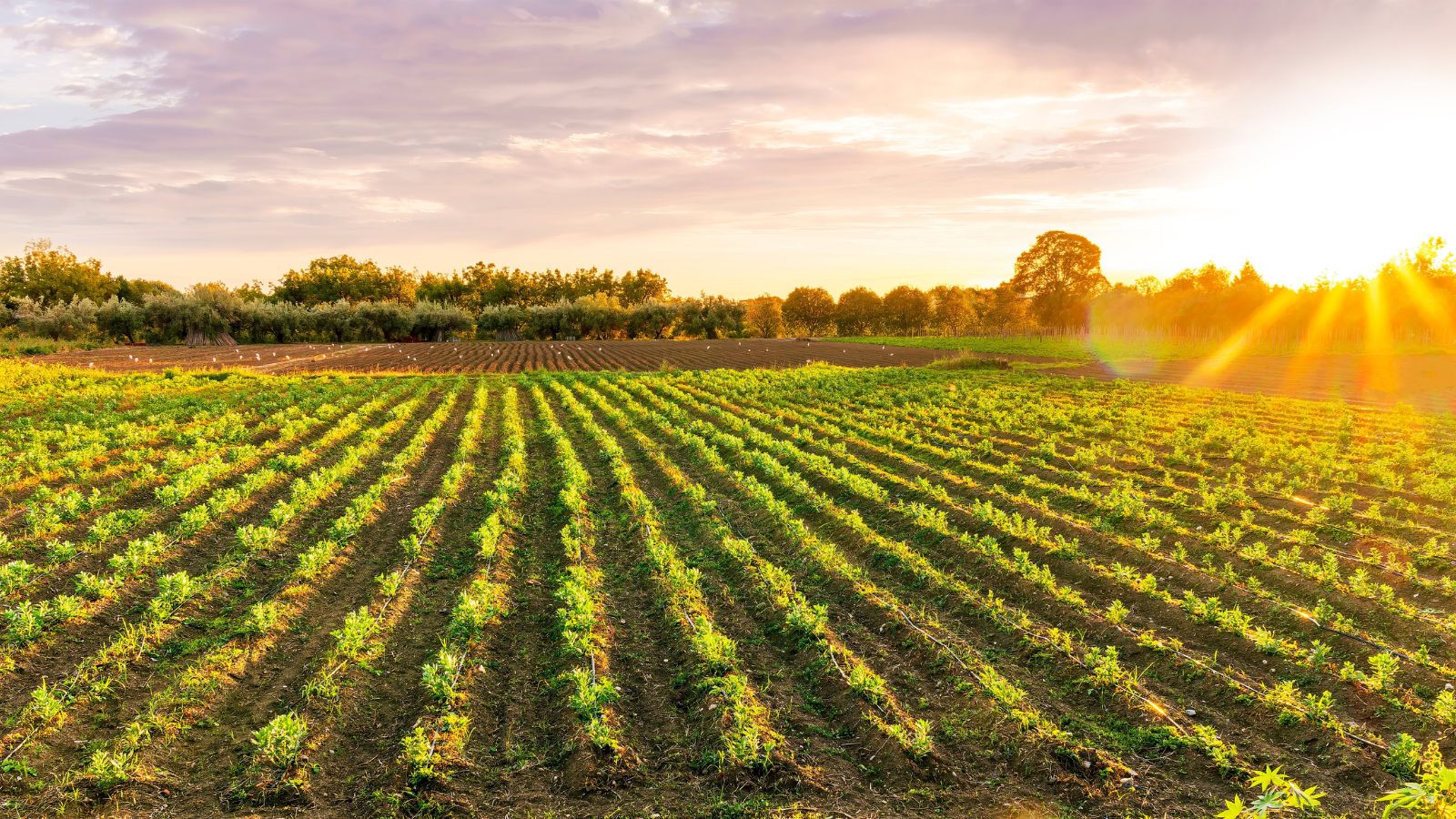
Canada is encouraging farmers to shift from traditional farming to regenerative agriculture. This method focuses on improving soil health, increasing biodiversity, and storing more carbon in the ground. Techniques like crop rotation, no-till farming, and cover cropping help restore natural ecosystems while producing food sustainably. Government grants and agri-tech innovations support farmers in making this transition. The approach not only reduces greenhouse gas emissions but also boosts farm resilience to climate-related risks. By promoting regenerative practices, Canada is turning its farmlands into powerful carbon sinks.
Launching Green Jobs Programs

As Canada moves toward a low-carbon economy, green jobs are becoming a national focus. These include roles in renewable energy, energy efficiency, conservation, and sustainable infrastructure. The government is funding training programs to help workers transition from fossil fuel sectors to greener careers. Youth employment initiatives also focus on skills needed for environmental restoration and climate tech. By launching green jobs programs, Canada is preparing its workforce for the future, creating employment opportunities while accelerating the shift to a sustainable economy.
Attracting Climate-Focused Investments
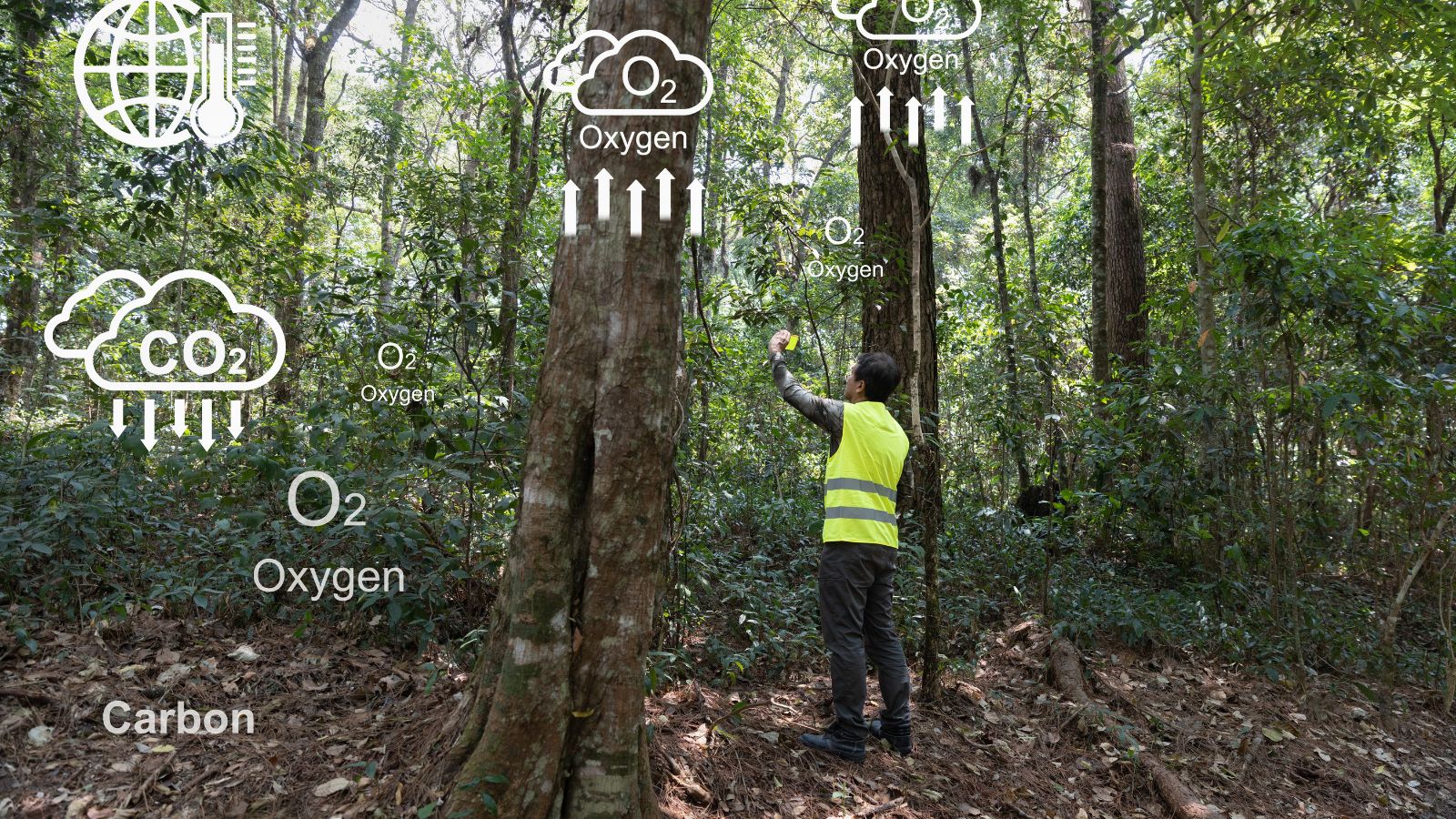
Canada is attracting investors committed to sustainability by offering incentives for clean tech, infrastructure, and climate resilience projects. Green bonds, tax credits, and public-private partnerships make the country an attractive destination for responsible capital. Investment is flowing into sectors like EVs, battery storage, carbon capture, and renewable energy. Financial institutions are also required to report climate risks, adding transparency for ESG investors.
Leveraging Carbon Pricing Systems

Canada’s carbon pricing system places a cost on emitting greenhouse gases, encouraging individuals and businesses to lower their carbon footprints. This includes a national carbon tax and a cap-and-trade program in certain provinces. Revenues are returned to households or invested in clean energy solutions. The system pushes industries to adopt cleaner technologies and become more efficient. By leveraging carbon pricing, Canada is using market forces to reduce emissions, proving that smart economics can work hand in hand with environmental policy.
Supporting Indigenous-Led Climate Initiatives

Indigenous communities across Canada are at the forefront of environmental stewardship. The government is supporting its leadership in climate action through funding, partnerships, and recognition of traditional knowledge. Projects include forest management, renewable energy installations, and land-based education programs. These initiatives not only address climate change but also strengthen cultural ties and community resilience. By supporting Indigenous-led solutions, Canada is honouring Indigenous rights while tapping into time-tested practices that protect nature and foster sustainability.
Empowering Local Climate Adaptation Plans

Local governments in Canada are developing climate adaptation plans tailored to their unique risks, such as floods, wildfires, or heatwaves. The federal and provincial governments offer guidance, data, and funding to help cities and towns assess vulnerabilities and build resilience. Actions include upgrading infrastructure, improving emergency response systems, and protecting critical ecosystems. Empowering communities at the local level ensures that adaptation strategies are realistic and effective.
Scaling Smart City Technologies

Canada is integrating smart technologies into city planning to improve sustainability and energy efficiency. From intelligent traffic systems to smart grids and building automation, these innovations help reduce emissions and cut waste. Municipalities are using sensors and data analytics to manage water use, monitor air quality, and enhance public transport. Federal support and tech partnerships are speeding up adoption. By scaling smart city technologies, Canada is making urban life more efficient and climate-resilient, turning digital tools into robust environmental solutions.
Funding Climate Research and Tech Startups
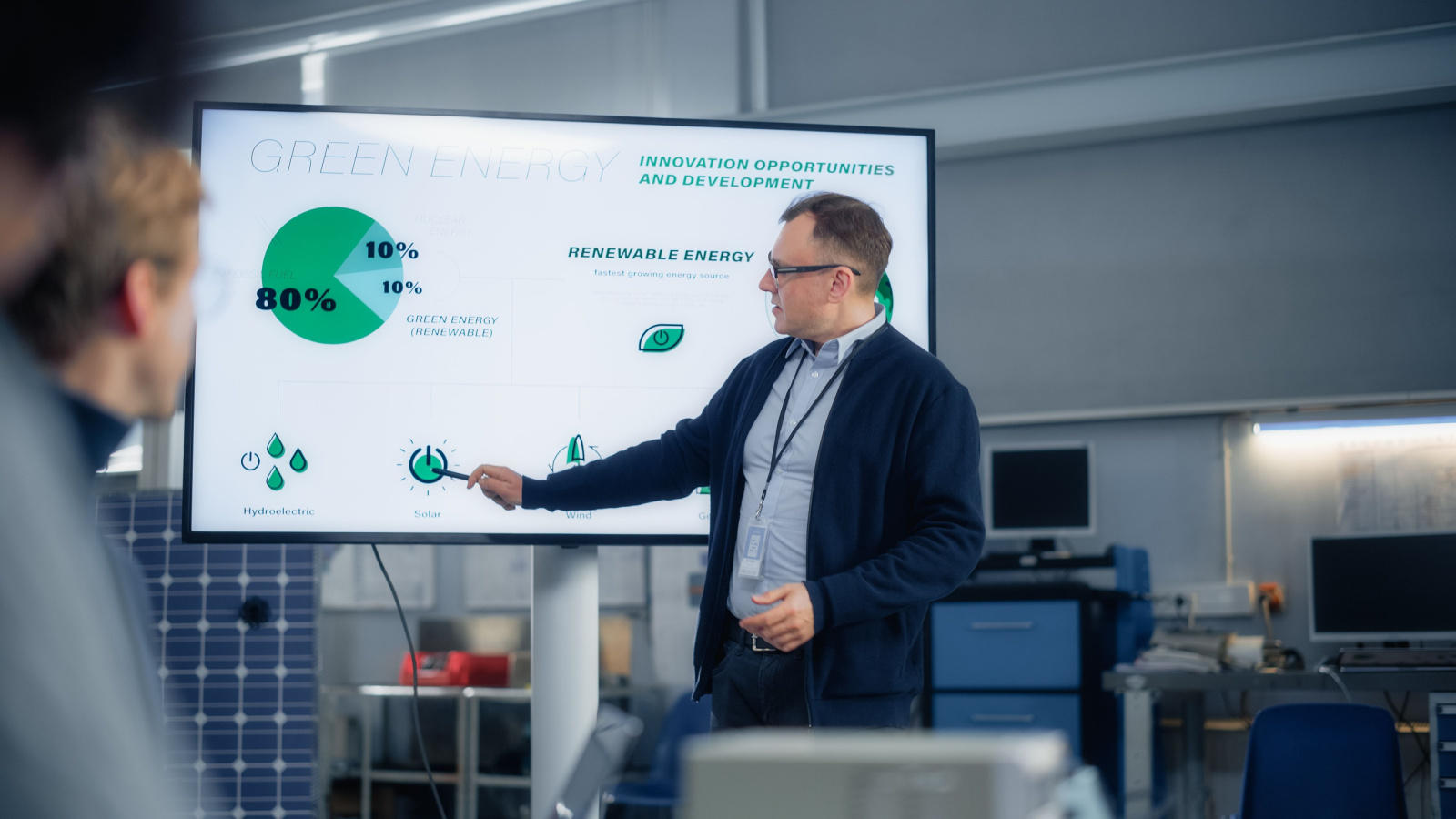
Canada is investing in research and innovation to tackle climate change with science-driven solutions. Funding is going toward universities, national labs, and climate-focused tech startups working on carbon capture, clean energy, and climate-resilient agriculture. Programs like Sustainable Development Technology Canada (SDTC) offer grants and mentorship to early-stage companies. These investments help turn bold ideas into market-ready solutions that can scale globally. By supporting climate research and startups, Canada is accelerating breakthrough technologies that not only reduce emissions but also create economic opportunities and global leadership.
Encouraging Youth-Led Environmental Innovation

Young Canadians are bringing fresh perspectives to the climate fight, and the government is supporting them through funding, mentorship, and education programs. Initiatives like Climate Action Fund and school-based innovation challenges help youth develop and lead local sustainability projects—from community gardens to plastic alternatives. Startups founded by young entrepreneurs are also addressing environmental issues through innovative tech solutions and creative approaches. By encouraging youth-led innovation, Canada is tapping into the passion and ingenuity of the next generation.
Boosting Public Transit Networks

Canada is expanding and upgrading its public transit systems to lower carbon emissions from daily commuting. Federal and provincial investments are funding electric buses, light rail lines, and bike-friendly infrastructure in cities across the country. These efforts make public transit more reliable, accessible, and eco-friendly, reducing the number of cars on the road and cutting fuel consumption.
Strengthening Climate-Resilient Infrastructure

With extreme weather on the rise, Canada is redesigning its infrastructure to withstand climate shocks. This includes reinforcing bridges, roads, and power lines to resist floods, fires, and heat waves. Coastal defenses, permeable pavements, and green roofs are also part of the plan. Government programs fund these upgrades with a focus on long-term durability and low environmental impact. By strengthening climate-resilient infrastructure, Canada is safeguarding communities while building smarter, more sustainable foundations for the future.
21 Products Canadians Should Stockpile Before Tariffs Hit

If trade tensions escalate between Canada and the U.S., everyday essentials can suddenly disappear or skyrocket in price. Products like pantry basics and tech must-haves that depend on are deeply tied to cross-border supply chains and are likely to face various kinds of disruptions
21 Products Canadians Should Stockpile Before Tariffs Hit
